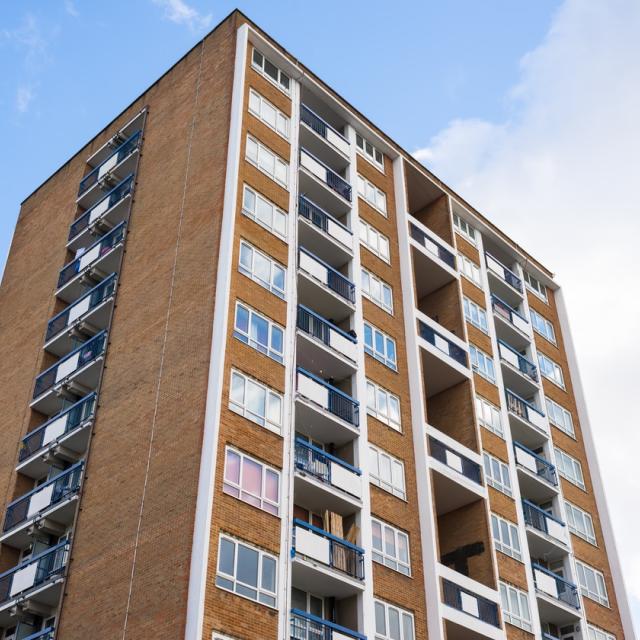Do high-rise residents feel safe from building fires and what can help them feel safer?


In March 2020 the Home Office commissioned the National Centre for Social Research (NatCen) to produce a synthesis of existing academic evidence regarding fire evacuation in high-rise residential buildings.
The purpose of this review was to summarise and assess the strength of academic evidence on fire evacuations from high-rise residential buildings in the UK. The review sought to identify any weaknesses and gaps in the current evidence base, and answer the following research questions:
This review was undertaken using a rapid evidence assessment (REA) design. The REA comprised three key stages:
The review focused on peer reviewed academic research published since 1985 through to July 2020. This was to ensure identified UK research was published in line with the building regulations brought into law that year. Given the limited evidence base, the review included non-UK research, and some research relevant to non-high rise and non-residential settings.




Receive a regular update, sent directly to your inbox, with a summary of our current events, research, blogs and comment.
Subscribe